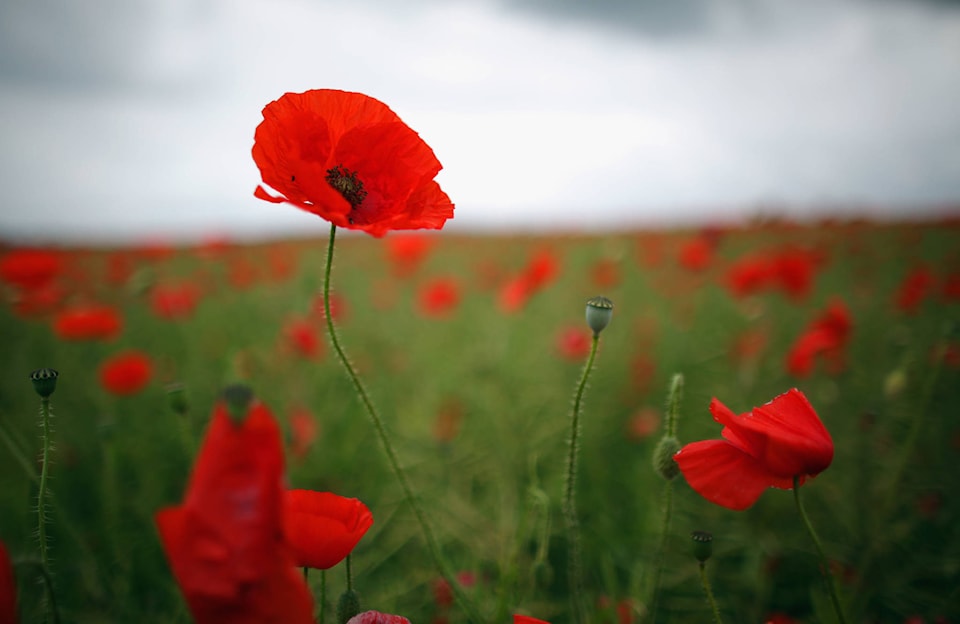Ninety-nine years ago, at 11 a.m. on Nov. 11, the bells tolled to remember the dead.
In 1919, Britain and other Commonwealth and Western countries, marked the end of the First World War with Armistice Day. The name changed to Remembrance Day in 1931 and generations later the tradition remains.
The original ceremonies were meant to honour the dead and surviving veterans of the so-called “Great War,” but in the years since, casualties and survivors from the Second World War, Korean War, U.N. peacekeeping missions, and more recently, missions in Afghanistan and Iraq have been added to that list.
Remembrance Day holds the same significance today, but with a larger number of veterans honoured.
“Over the last 20 years, it’s become more and more meaningful,” says David Zimmerman, professor of military history at the University of Victoria.
“Today, now, we have a greater presence of people who have fought in conflicts in Canada. It’s become a much more current thing.”
More than 40,000 Canadians served in the Afghanistan conflict, something many people don’t realize, including numerous people living in Victoria.
“I think it’s become much more important now to Canadians to remember those people who have gone out and fought, and in many cases not returned, fighting for our country,” he said.
The red poppy, too, remains a strong symbol of the commemoration of veterans and fallen soldiers. Largely attributed to Canadian poet John McCrae’s poem In Flanders Fields, the poppy became an almost universal symbol because it was the first flower to take hold and bloom in the cemeteries, even during the war.
However, even before the West declared war on Nazi Germany, some groups in Britain wanted a new symbol to remember times of war: the white poppy. Revived at various times through the 1960s, ’70s and ’80s, it was used by some to symbolize peace, especially on Nov. 11.
Even John McCrea’s poem has been used as anti-war symbol. But according to Zimmerman, that’s not the purpose of the red poppy nor Remembrance Day itself.
“There’s no way John McCrea’s poem can be read and be seen as anti-war. In fact, it’s a call for people to join up, to make sure the sacrifice of those who are dying, that they haven’t died in vain,” he said.
While Zimmerman has no problem with people advocating for peace, the white poppy is considered offensive by many veterans, he said.
“They have been very adamant that they don’t want this day hijacked. They’re quite happy to have people have their own day when they want to commemorate [peace], but they would prefer [the symbol] not be a white poppy because they feel it confuses people.”
Remembrance Day and the red poppy are about commemorating fallen soldiers and the people who sacrificed their lives, he said. The day and the ceremonies themselves have even become part of our national identity.
“It’s the community sending the message to the veterans and the families, particularly the families of those who did not return, that we honour and respect your sacrifice,” he said.
“You have that incredible moment where they play Taps, and then two minutes of silence at exactly 11 o’clock, the lowering of the flag and the raising of the flag, the music that’s played. All of this is very, very powerful and is designed to remember and to pay tribute to those who have served.
“If any group of people deserve this sort of tribute, it’s those who serve in our armed forces.”



